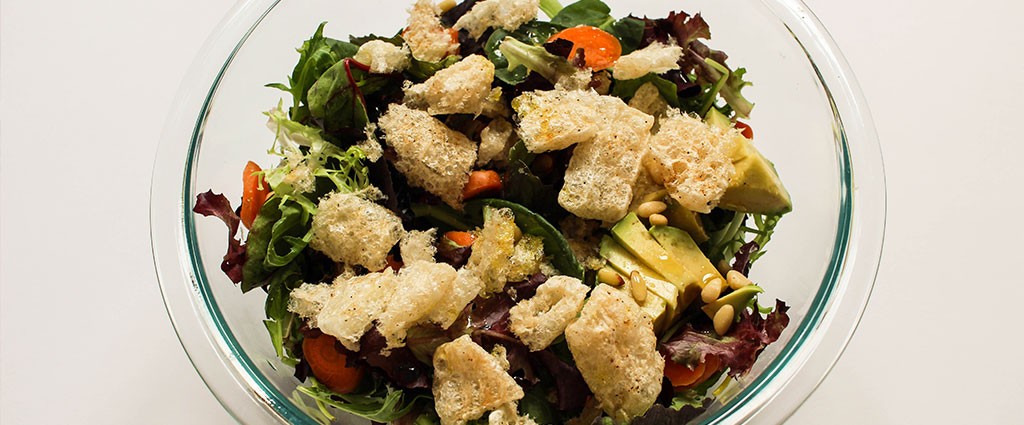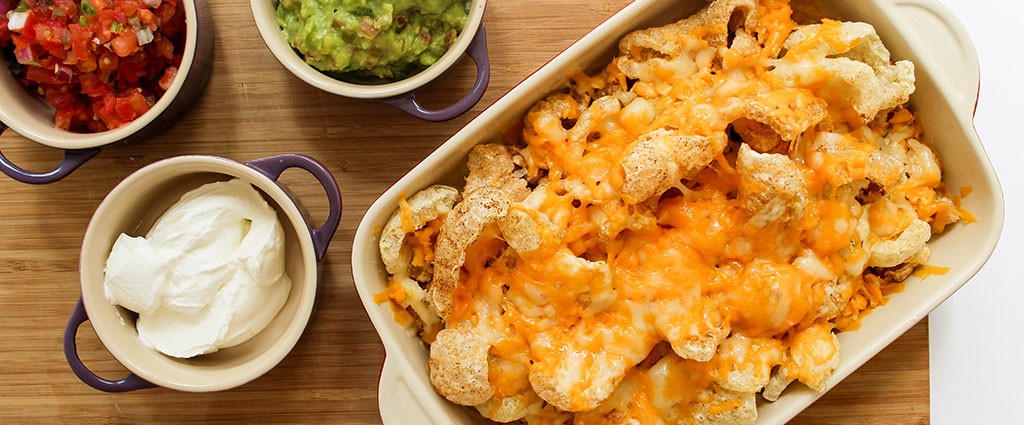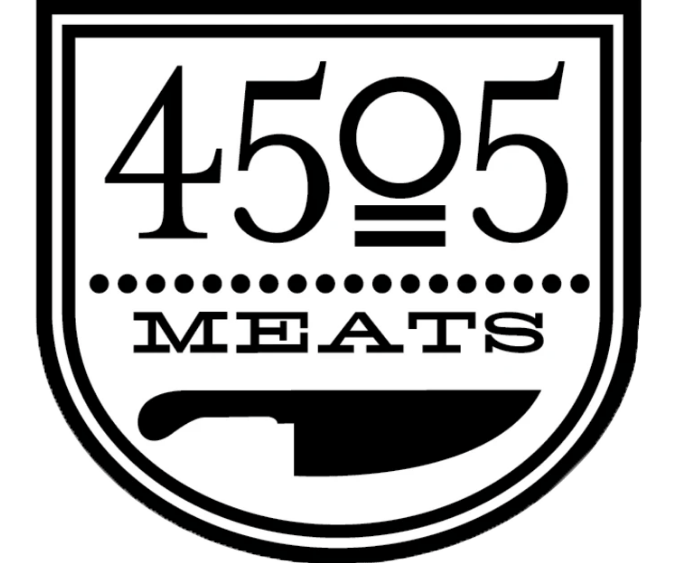The Facts Behind Sustainable Meat
What exactly is sustainable meat? We break down the terminology of responsible ranching
BY MEGHAN RABBIT
When you go to the grocery store, there’s a good chance you look for sustainable products. After all, you don’t just want food that tastes good—you also want it to align with your values. And for a growing number of shoppers, that means concerns about the environment are at top of mind leading them to opt for sustainable meat.
There’s a lot of information these days about the negative impact of eating too much meat. However, when sourced ethically and sustainably, meat production can actually be good for soil health, says Ryan Farr, founder of 4505 Meats. “We talk to the family ranchers who raise our hogs so we know how the animals are fed and how they live,” he says. “When animal husbandry is done humanely, it can actually help to reverse the damage done by big agriculture.” What’s more, 4505 Meats chicharrones are inherently sustainable: They use leftover pork skins (a part of the hog typically thrown out!) fried in their own lard (also a part of the animal that’s typically tossed).
How can you tell if you’re buying the most ethical, sustainable meat products? Start by looking for these labels on the packaging. Here’s what each of them means:
USDA Organic
For a food to have this government-regulated certification, animals need to be raised in living conditions that accommodate their natural behaviors, like the ability to graze on pasture and have access to the outdoors. They also must be fed 100 percent organic, non-GMO feed and may never be given antibiotics or artificial growth hormones.
Regenerative Organic Certified
This is a newer label that essentially takes USDA Organic to the next level. In addition to all of the qualifiers for the organic labeling, farmers must build soil health (including crop rotations, no GMOs and rotational grazing to help sequester carbon); animals must be grass-fed and pasture-raised, have limited transport and be free to express normal behavior; and farmers and farm workers must be paid fairly and have good working conditions.
Certified Humane
Beef (but not dairy) cows must have continuous access to outdoor pasture and animals can’t be confined in cages in order to qualify for this distinction. Meat and dairy producers and famers also need to provide a minimum amount of space per animal, and they’re not allowed to administer antibiotics to healthy animals (though sick animals must be treated and can be certified). The humane treatment of animals extends to how they’re slaughtered, too: Facilities are audited to ensure humane treatment.
American Grassfed

You’ll see this label on meat and dairy products from animals raised primarily on pasture, where parasite management maximizes the health of the soil. If you buy a product with this certification, you can rest assured the animal was never fed grain and didn’t spend time in a feedlot. Similar to USDA Organic products, antibiotics are also never allowed.
Non-GMO Project

This distinction ensures that animals and animal products were never genetically engineered, and that animal feed contains less than 0.9 percent of genetically modified or engineered (GMO) crops, such as corn and soy.








Share this Post